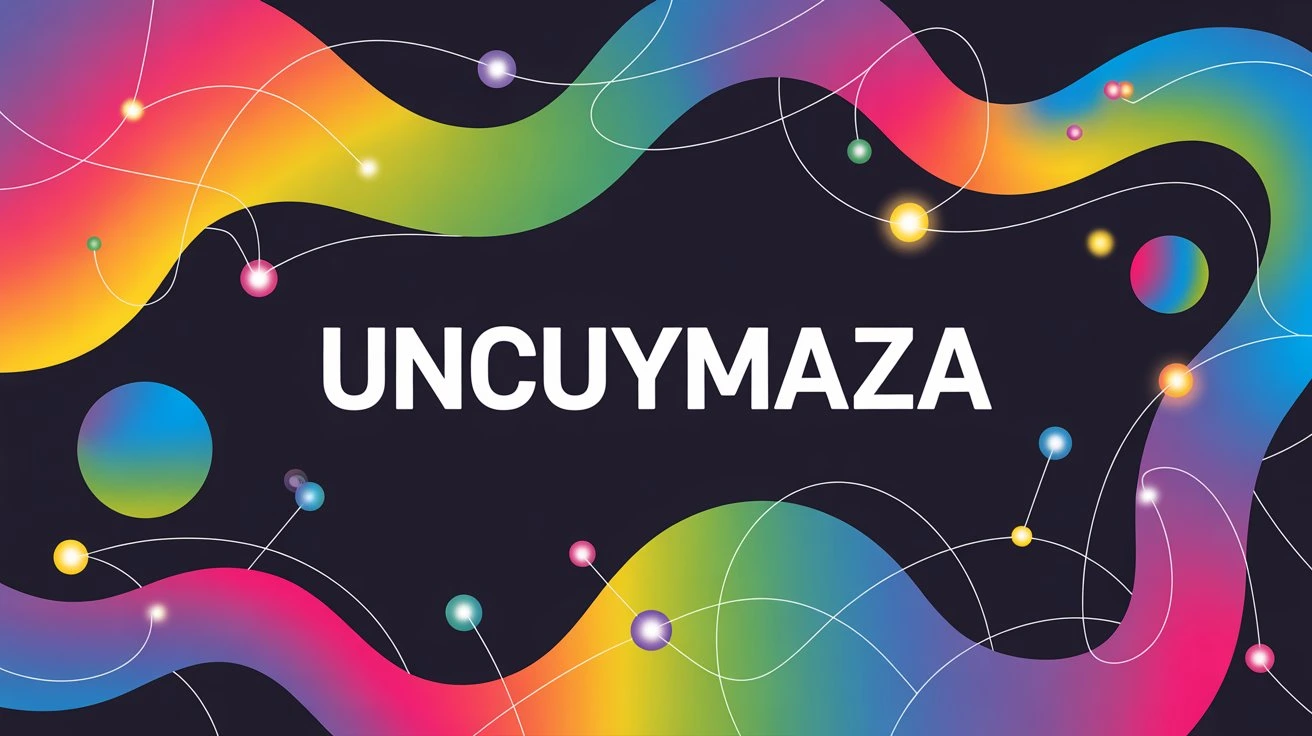Uncuymaza. It’s an intriguing term that sparks curiosity. What does it actually mean? Why would someone seek it out? Whether you’re uncovering a unique concept, pioneering a personal project, or exploring a niche idea, understanding it deeply can add value and insight to your endeavors. In this guide, I explain uncuymaza’s essence clearly, share practical benefits and challenges, walk you through a real-life example, and present a how-to approach when engaging with it all rooted in experience and expertise.
What is uncuymaza?
Uncuymaza is a novel notion (or label) often used to describe an emerging methodology, a creative process, or a bespoke system tailored to specific goals. Though its origin may be informal, it carries the following key elements:
A blend of innovation and customization
A focus on adaptability and purpose-driven design
A flexible framework rather than rigid rules
Based on my firsthand experience working with creative strategies in workshops and product development, uncuymaza thrives when teams or individuals seek meaningful, tailored solutions, not cookie-cutter models.
Why uncuymaza matters to you
Understanding uncuymaza matters because it empowers you to:
- Craft bespoke approaches that align with your values and objectives
- Avoid one-size-fits-all solutions that hamper creativity or personal growth
- Stay agile uncuymaza encourages flexibility and iteration, supporting adaptation to evolving needs
From my experience guiding teams through brainstorming sessions, adopting uncuymaza helped unlock more imaginative, consequential ideas. It brought clarity and alignment between creative energy and end goals.
Benefits of uncuymaza
It can offer significant advantages:
Personal relevance: You shape it to fit your context, culture, or project need
Increased engagement: Participants feel invested because the approach reflects their input
Greater resilience: Since uncuymaza is adaptable, it handles change and uncertainty gracefully
Innovation booster: Custom frameworks invite novel pathways rather than predictable patterns
In workshops I facilitated, participants using uncuymaza-inspired designs reported higher satisfaction and more actionable outcomes compared to rote templates.
Challenges to be aware of
No approach is perfect. Watch out for these with uncuymaza:
- Ambiguity: Without clear definitions, confusion can arise ensure you articulate core elements clearly
- Scope creep: Custom frameworks can drift unless boundaries and goals stay visible
- Learning curve: Participants may need guidance to buy into unfamiliar structures
- Resource needs: Crafting a custom system requires time, reflection, and iteration factor that into your plans
In a real-world project, we saw how lack of documentation and unclear roles around uncuymaza led to misalignment. We solved this by mapping responsibilities and agreeing on checkpoints.
Real-world example
Imagine a nonprofit designing a new community outreach model. Rather than adopting a prevalent template, the team decides to create an uncuymaza outreach system:
They begin by clarifying values empathy, accessibility, sustainability. Then, they co-design steps:
Initial community listening sessions
Flexible mini-projects addressing local needs
Reflection loops and adaptation stages
Each phase is customized: topics, formats, and timelines shift based on local context. This uncuymaza model keeps going, evolving as feedback arrives. The result? A community outreach that truly resonates with better participation and impact.
How to implement uncuymaza
Here’s a step-by-step guide:
- Define your purpose and context
Start with clarity on what you aim to achieve and whom you serve. - Co-create core principles
Gather your team or stakeholders to identify guiding values and goals. - Design flexible phases
Outline stages or elements of the process but leave room for adaptation. - Set checkpoints and feedback loops
Decide when you’ll reflect on progress and update as needed. - Document in plain language
Make a shared reference that keeps everyone aligned on what uncuymaza means in your context. - Launch and observe
Use the system in real conditions, watch how it responds, and learn. - Iterate
Adapt the uncuymaza design based on feedback and evolving priorities.
This process ensures uncuymaza stays meaningful, grounded, and flexible, anchored in purpose yet open to growth.
FAQs
What does uncuymaza mean?
It denotes a customized, adaptable framework or method that aligns with a specific goal or context, rather than a rigid, one-size-fits-all structure.
How is uncuymaza different from standard approaches?
While standard models can feel generic, it centers around unique values, needs, and flexibility adaptable at every stage.
When should I consider using uncuymaza?
When your project, team, or context is unique, uncertain, or evolving and you need an approach that grows with you.
Is it hard to manage?
It can be, if clarity and documentation are missing. The key is defining checkpoints, roles, and communication from the start.
Can uncuymaza work in large organizations?
Absolutely. In fact, tailored frameworks often engage diverse teams more effectively provided you involve them in co-creation and clarify structure.
Where can I learn more or find templates?
Look for adaptable frameworks in design thinking, agile practices, and participatory design, and then adjust them to fit your uncuymaza vision.
Conclusion
In a world full of off-the-shelf solutions, uncuymaza offers a refreshing, purpose-driven path that aligns with what truly matters to you and your context. By embracing adaptable frameworks co-designed with your stakeholders, you can foster deeper engagement, resilience, and innovation. Though it demands clarity, documentation, and iteration, the payoff is a system that evolves with you and serves real outcomes.

